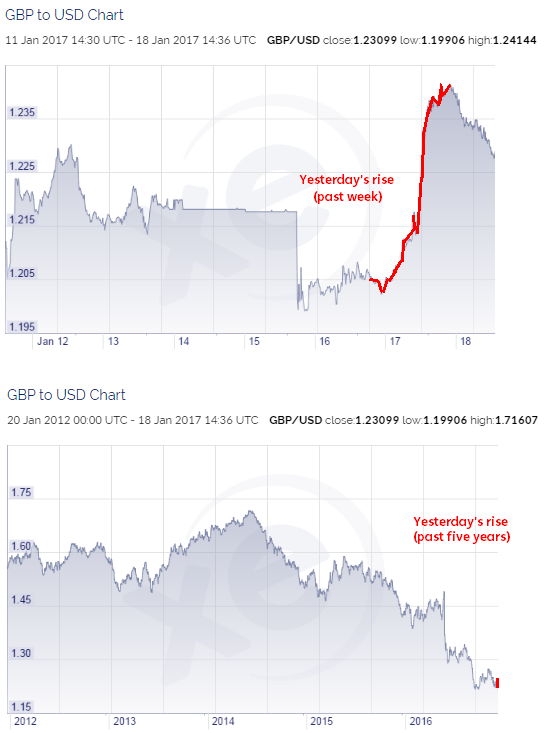Prime Minister's Questions, factchecked
Join 72,953 people who trust us to check the facts
Sign up to get weekly updates on politics, immigration, health and more.
Subscribe to weekly email newsletters from Full Fact for updates on politics, immigration, health and more. Our fact checks are free to read but not to produce, so you will also get occasional emails about fundraising and other ways you can help. You can unsubscribe at any time. For more information about how we use your data see our Privacy Policy.
“In ten years half a million fewer males have gone to university than females.”
Karl McCartney MP, 18 January 2017
We asked Mr McCartney’s office who said that he was referring to the difference in the number of UK-based men and women accepted to UK universities from 2007 to 2016.
There were 489,000 fewer men than women accepted to undergraduate courses during this time.
Just under 2.4 million women living in the UK were accepted to university over the last ten years compared to 1.9 million men.
Looking at all students, no matter where they lived when they applied, there were 516,000 more women than men accepted over the last ten years.
If you look at the proportion of applications which resulted in an acceptance then the two groups are roughly similar. 75% of applications resulted in acceptances for women living in the UK compared to 79% for men since 2007.
It’s worth remembering that these figures aren’t complete as they only cover around two thirds of Scottish applicants to higher education colleges. Students living in the Channel Islands and Isle of Man when they applied are also not counted as being from the UK in the figures.
We’ve written before about how likely white working class boys are to go to university in the UK.
“[The Prime Minister's 'Global Britain' speech yesterday] saw the pound rise to its highest level in two years and the FTSE up today”
Nadine Dorries MP, 18 January 2017
The claim about the pound’s rise is wrong, and Ms Dorries has, with commendable speed, corrected what she said via Twitter:

The rise did follow a fall in the pound earlier this week, after details of Mrs May’s speech emerged over the weekend.
Why did the pound jump after the speech? “Clarity”, suggests the Financial Times. It says yesterday’s speech offered more certainty about the kind of Brexit the UK is aiming for, and investors like certainty.
Saying the pound saw its biggest rise in years is very different from saying it rose to its highest level in years. A pound at $1.24 is still well below the levels it’s seen in recent years.
At one point in 2014 a pound could have bought you over $1.70 and last year—just before the EU referendum—it was worth about $1.50, before falling to below $1.40 by the day after.
Here’s yesterday’s rise, in context, using XE currency charts:

What’s more, the FTSE 100 tends to rise when the pound weakens, since many of the companies are multinationals that earn their profits in dollars abroad. If the value of the dollar goes up compared to pounds, their profits increase and the firms become more valuable to investors.
“How can abandoning membership of the customs union that takes 68% of Wales’s exports ... cause anything other calamitous self-harm?”
Hywel Williams MP, 18 January 2017
This figure is correct, although it refers to goods exports only.
It also reflects a relatively new way of measuring regional exports. On the old definition, official figures actually showed only a minority of Welsh exports going outside the UK to the European Union.
67% of Welsh goods exports went to EU member countries outside the UK in 2015, according to figures released by HM Revenue and Customs in December. (68% is correct for the first three months of 2016.)
But when these statistics came out in June, they showed the EU taking only 41% of Welsh exports in 2015. What’s going on?
StatsWales told us that there have been two recent changes in how trade in goods is measured. Exports used to ‘belong’ to a particular country or region of the UK if the exporting business had its head office there.
Now, exports are regionally allocated according to where the business’s employees are based. The statisticians say that’s made a big difference to the figures for Wales.
There’s also been a change in how goods in customs warehouses and free zones are counted (they no longer are until actually sold in the UK).
Either way, these figures only count goods exports. They don’t touch on services.